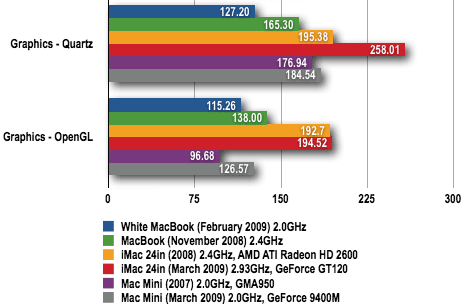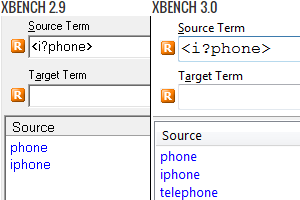

Therefore, a variety of medical applications and medical semantic search engines have difficulty understanding and integrating healthcare data in a highly heterogeneous environment. The standard autocomplete feature of Internet Explorer is now functional in Web Lookup, meaning that for example login details can be remembered.Most healthcare data are available in XML format, which mainly focuses on the structure level and lacks support for data representation. When focus is in the web page, pressing Esc will move focus to the tabs and when focus is on the tabs, Esc will move focus to the translation segment. Upon performing a lookup, the focus will move to the Web Lookup tabs for easy browsing among the open tabs using the arrow keys. Opened tabs will be re-opened when Studio is re-started. This is also done in Settings – click Share in the dialog. You can share your own lookup methods with other Web Lookup users. This done in Settings and will make things faster and more stable for some sites. You can restrict the functionality of the browser so that images are not downloaded and scripts are not run. The results are displayed in a window in Studio which can be placed wherever you like to make your personal use more convenient. For example, if you select a German source word then the results will be in a German website if available, and an English target language will result in a search result from an English website etc. The search results themselves are language sensitive. There is a useful guide that helps you to create the correct search URL and use it in the application. but that's not all! You can add your own websites to the menu or remove existing ones to configure the application the way you like. The search takes place in one of the 40 preconfigured websites. The Web Lookup plugin for Studio allows the user to select text in the source or target language of the translation and run an internet search by clicking on an icon in the ribbon, right-clicking in the editor and selecting "web lookup" or through the use of a simple keyboard shortcut.
#XBENCH LOGIN HOW TO#
To learn how to use this application, please visit XLIFF Manager for Trados Studio in the RWS Community wiki we're open to suggestions in the RWS Community! add support for an SDLXLIFF export (to help with the management of an SDLXLIFF file workflow outside of a package) support for tracked changes in the import progress bars while waiting for the export/import. Planned Enhancements for the future updates be in control of the end to end process with a project management view in Studio map unsupported languages from your clients system in support of the import
#XBENCH LOGIN UPDATE#
import the translated XLIFF files back into Studio and update your Studio projects choose whether you export all the segments in your files or not choose whether the target language should be set or not on export

export your Studio projects as Google Polyglot XLIFF files

export your Studio projects as vanilla XLIFF 1.2 files The XLIFF Manager is the solution to this problem as it provides the following core features: You want to be able to share one XLIFF on a multi-lingual project and have the translators complete the target language. You also do so much of this you need to have a better way of managing the process. You need to share files for translation or review and the people you are sharing with don't use Studio, they can't support SDLXLIFF, and they want to use a CAT tool.


 0 kommentar(er)
0 kommentar(er)
